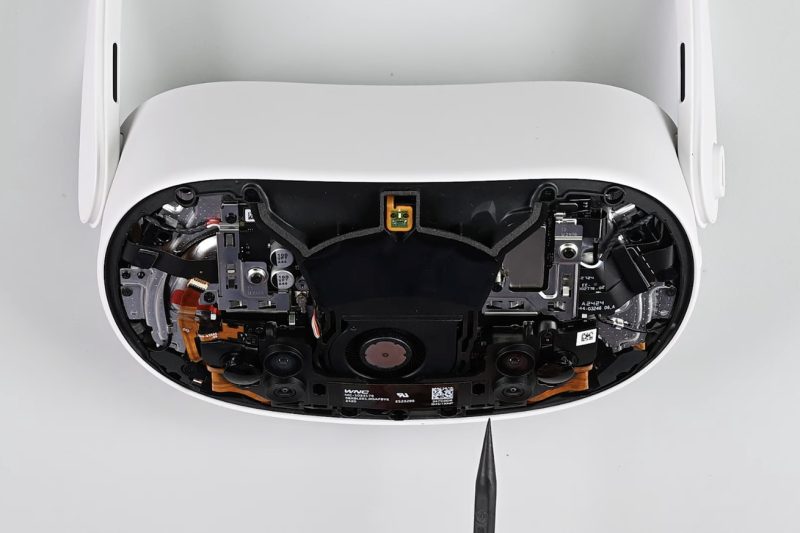The recent teardown of Meta Quest 3 by iFixit has unveiled a surprising revelation – a Quest 2 hidden inside the newest VR headset from Meta. This unexpected discovery has sparked discussions and debates within the tech community, shedding light on the intricate design and technology choices made by Meta in their latest VR offering.
One of the most intriguing aspects of this finding is the decision to incorporate a Quest 2 within the Meta Quest 3. This move raises questions about the reasoning behind such a design choice. Some speculate that Meta may have opted for this approach to streamline production processes, utilizing existing components and technology to meet the demand for their latest headset quickly. Others suggest that it could be a strategic move to maintain compatibility with existing software and accessories, ensuring a smooth transition for users upgrading from Quest 2 to Quest 3.
The teardown also provided insights into the build quality and modular design of the Meta Quest 3. iFixit’s examination revealed that the headset is relatively easy to disassemble, with components arranged in a logical and accessible manner. This design approach not only facilitates repairs and maintenance but also aligns with Meta’s commitment to sustainability and minimizing electronic waste.
Furthermore, the teardown highlighted the improvements and enhancements that Meta has introduced in the Quest 3 compared to its predecessor. Enhanced display technology, improved ergonomics, and upgraded controllers were among the notable features that were uncovered during the disassembly process. These advancements underscore Meta’s dedication to pushing the boundaries of VR technology and delivering a more immersive and engaging experience for users.
Additionally, iFixit’s teardown provided a glimpse into the engineering prowess and attention to detail exhibited by Meta in the design of the Quest 3. From the precision assembly of components to the integration of advanced sensors and tracking systems, the teardown showcased the meticulous craftsmanship that has gone into creating Meta’s latest VR headset. This meticulous approach not only enhances the functionality and performance of the device but also underscores Meta’s commitment to innovation and excellence in the realm of virtual reality.
In conclusion, the teardown of Meta Quest 3 by iFixit has unraveled a fascinating discovery that raises intriguing questions about the design choices, manufacturing processes, and technological advancements behind Meta’s latest VR headset. By revealing a Quest 2 hidden inside the Quest 3, this teardown has shed light on the complexities and intricacies of modern technology and showcased Meta’s dedication to pushing the boundaries of what is possible in the world of virtual reality. As technology continues to evolve and innovate, insights gained from teardowns such as this serve as valuable lessons for both industry professionals and enthusiasts alike, shaping the future of consumer electronics and immersive experiences.

























